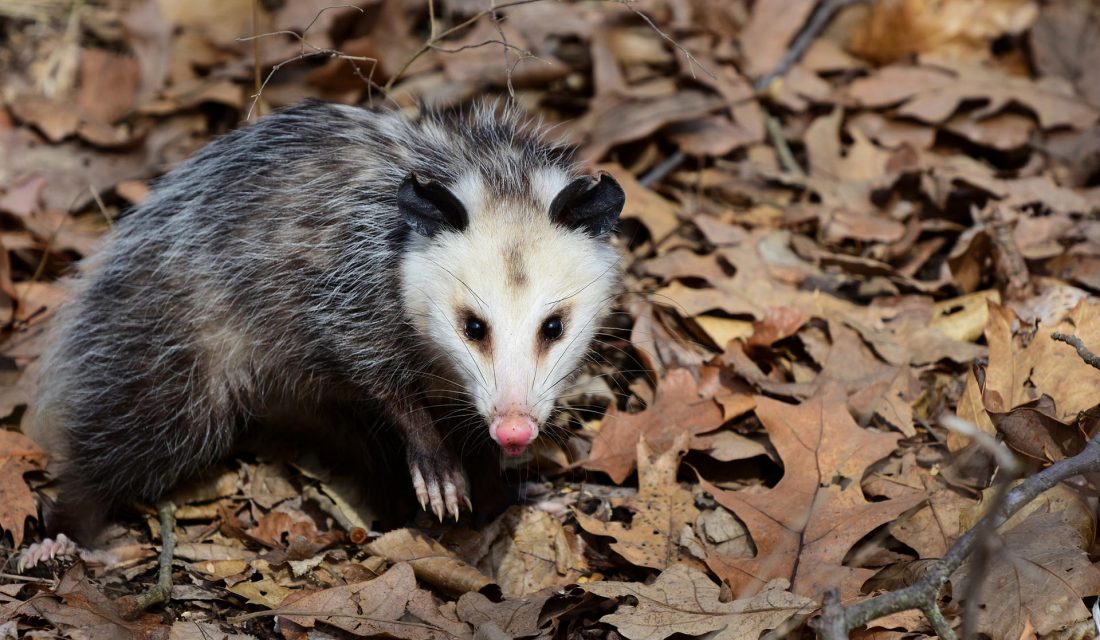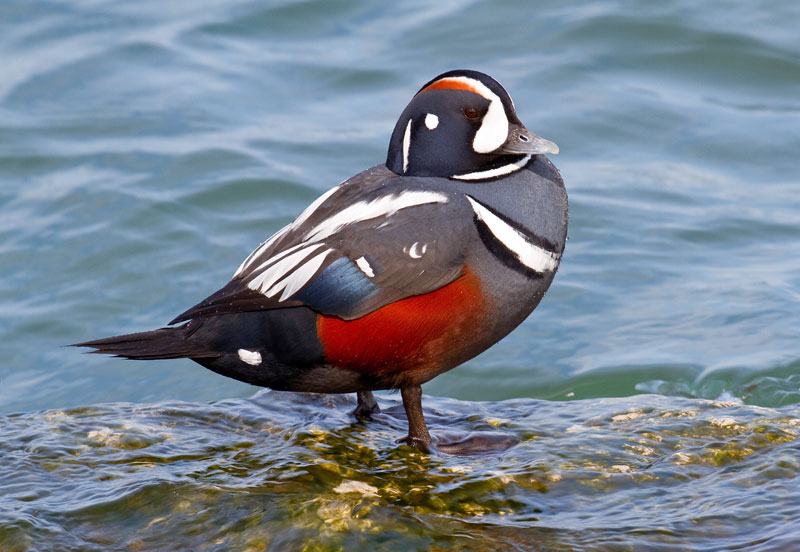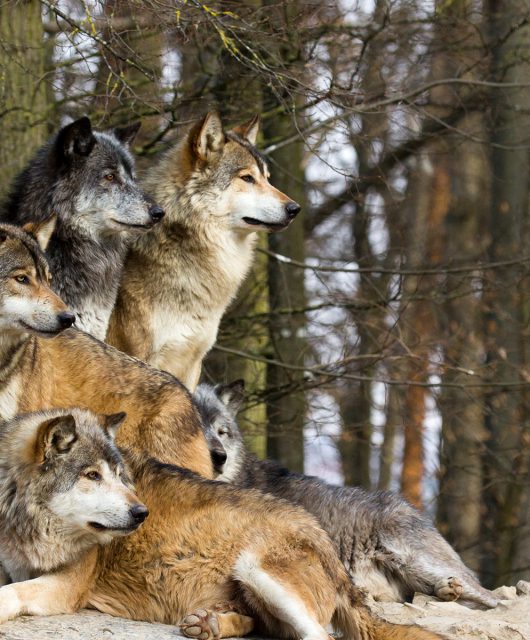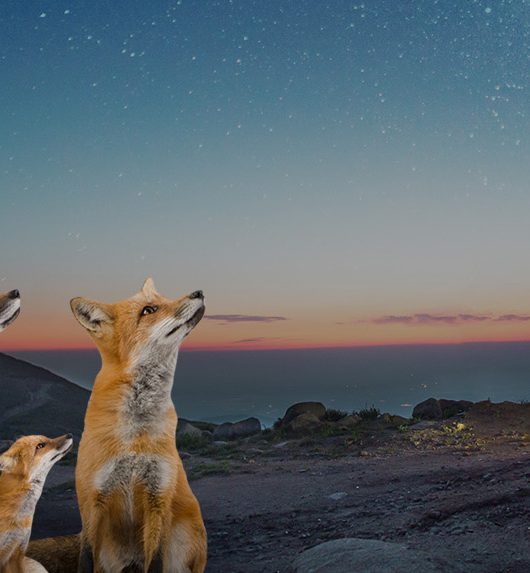If Disney has taught us anything, it’s the appreciation for the universal entertainment value of anthropomorphism – the attribution of human characteristics or behaviours to, amongst other things, animal species.
While we’ve all enjoyed the adventures of remorseful cartoon lion kings and anxiety-driven animated clown fish, it does give rise to a simple question: do real animals display personalities?

In animals, including humans, personality is both genetically and environmentally determined through gene lines and collective experiences. That said, the question of whether readily identifiable differences in the type of behaviours individual wildlife species exhibit is one often posed by both animal lovers and scientists. Generally speaking, animal personality refers to consistency in the types of behaviour that individuals exhibit. Can one possum be more playful than the next? Can a pack contain wolves of varying degrees of boldness or shyness? Can one Grizzly Bear display temperament that’s more “grizzly” than the next? Not surprisingly, the answer is “yes!”
“Without a doubt, they have individual personalities, and they show behavioural varieties,” said Carolyn Callaghan, Senior Conservation Biologist for Terrestrial Wildlife with the Canadian Wildlife Federation. “In my work with wolves in Banff National Park, for example, we found that some wolves were very brave in using underpasses under the Trans Canada highway, whereas others never used them in spite of the fact that there were plenty of prey animals on the other side of the highway.”
Callaghan suggests that knowledge of the spectrum of response of wild animals to human activity allows for management actions that support the most sensitive individuals. For example, some individuals will be too shy to use the highway underpass but they may use an overpass. Managing for the most sensitive individuals will help wildlife advocates ensure the genes of the variety of individuals in a population can be sustained.
People who spend time surfing endless wildlife videos on YouTube have no doubt found multiple examples of animal species in the wild displaying unexpected or atypical behaviours. Despite such visual evidence, however, how do scientists and animal researchers competently look into the idea of personality and individualism variation in the context of ecology and science?
“Studying a variety of individuals in a setting that allows you to observe their behaviour without influencing their behaviour is one way,” said Callaghan. “This typically means you need to mark them in some way, but some scientists have studied behaviour without marking the animals. Dave Mech studied wolves in the high Arctic for many years without collaring any of them. They would allow him to follow them for a distance.”

Annie Langlois, the Project Coordinator for the iconic Hinterland Who’s Who conservation education video series, also supports the notion that animals can be distinct from one another.
“Animals can have different personalities,” said Langlois. “When I was doing research, I was studying the Harlequin Duck. When I was doing behavioural observations, you could easily see that some were more aggressive. I would observe an individual for 30 minutes and note every behavioural type. Over time there were significant differences, like during the moult.”
According to a variety of researchers, studying animals to determine the degree and variations of animal personality can play an important role in conservation. Knowing personality types and behavioural patterns can help in selecting the most appropriate individuals to be released into the wild. For example, an animal with less aggressive tendencies that explores a new environment with greater caution is actually more likely to survive after its release. Conversely, bolder and more aggressive animals often reproduce more successfully and are prime targets for release in areas where the aim is rapid repopulation.
This willingness to study how non-human animals feel and express their emotions through mood and personality hasn’t always been an ongoing priority embraced by scientific researchers. Despite the reluctance, however, there have been advances in this study dating back to Charlies Darwin. In his 1872 essay “The Expression of the Emotions in Man and Animal,” Darwin suggested that the similar physiologies of humans and other animals meant that there must be similar feelings for all species – feelings that could manifest themselves into distinguishable behavioural traits.
Ultimately, until there is definitive consensus on the degree to which animal personalities exist and the impact they have on each individual species, we’ll just have to decide on our own if that cougar we see in the wild is smiling at us or sizing us up for a meal!




